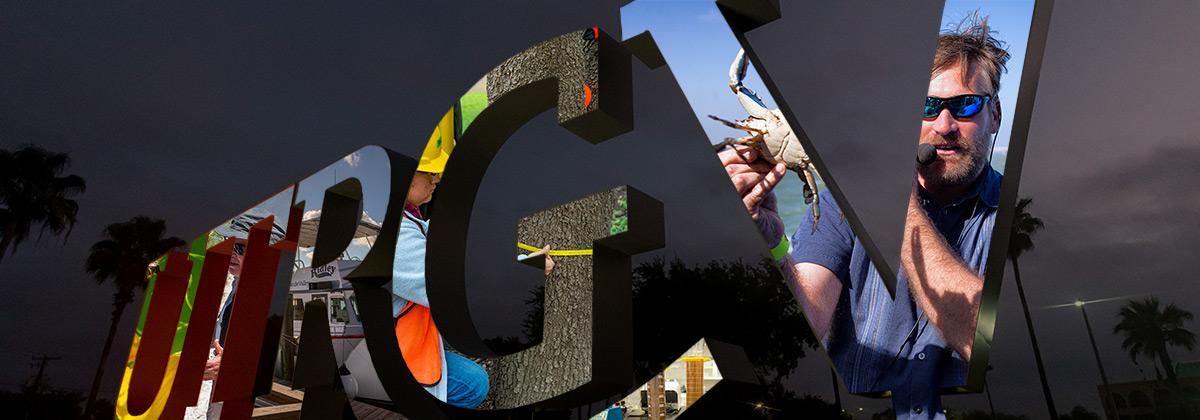
School of Earth, Environmental, and Marine Sciences Faculty Publications and Presentations
Spatially resolved sampling reveals dynamic microbial communities in rising hydrothermal plumes across a back-arc basin
Document Type
Article
Publication Date
6-2015
Abstract
Within hydrothermal plumes, chemosynthetic processes and microbe-mineral interactions drive primary productivity in deep-ocean food webs and may influence transport of elements such as iron. However, the source of microorganisms in plumes and the factors governing how these communities assemble are poorly understood, in part due to lack of data from early stages of plume formation. In this study, we examined microbial community composition of rising hydrothermal plumes from five vent fields along the Eastern Lau Spreading Center. Seafloor and plume microbial communities were significantly dissimilar and shared few phylotypes. Plume communities were highly similar to each other with significant differences in community membership only between Kilo Moana and Mariner, two vents that are separated by extremes in depth, latitude and geochemistry. Systematic sampling of waters surrounding the vents revealed that species richness and phylogenetic diversity was typically highest near the vent orifice, implying mixing of microbial communities from the surrounding habitats. Above-plume background communities were primarily dominated by SAR11, SAR324 and MG-I Archaea, while SUP05, Sulfurovum, Sulfurimonas, SAR324 and Alteromonas were abundant in plume and near-bottom background communities. These results show that the ubiquitous water-column microorganisms populate plume communities, and that the composition of background seawater exerts primary influence on plume community composition, with secondary influence from geochemical and/or physical properties of vents. Many of these pervasive deep-ocean organisms are capable of lithotrophy, suggesting that they are poised to use inorganic electron donors encountered in hydrothermal plumes.
Recommended Citation
Sheik, C. S., Anantharaman, K., Breier, J. A., Sylvan, J. B., Edwards, K. J., & Dick, G. J. (2015). Spatially resolved sampling reveals dynamic microbial communities in rising hydrothermal plumes across a back-arc basin. The ISME journal, 9(6), 1434–1445. https://doi.org/10.1038/ismej.2014.228
Publication Title
The ISME journal
DOI
10.1038/ismej.2014.228


Comments
Reprints and Permissions